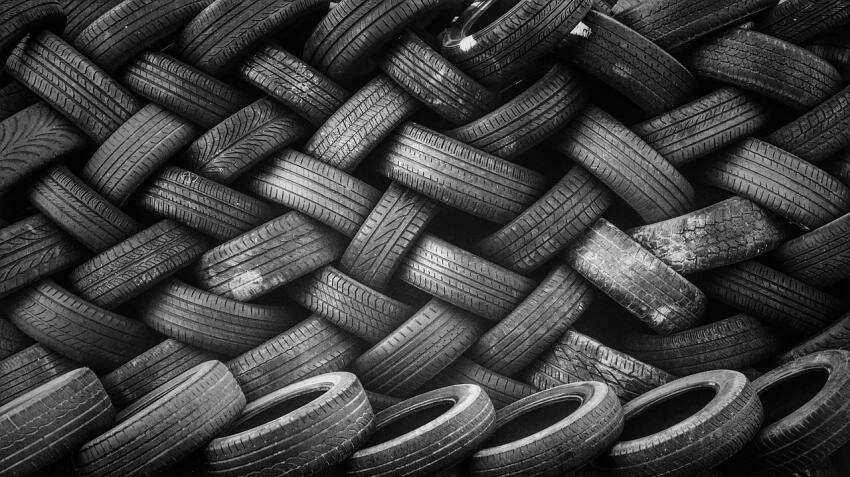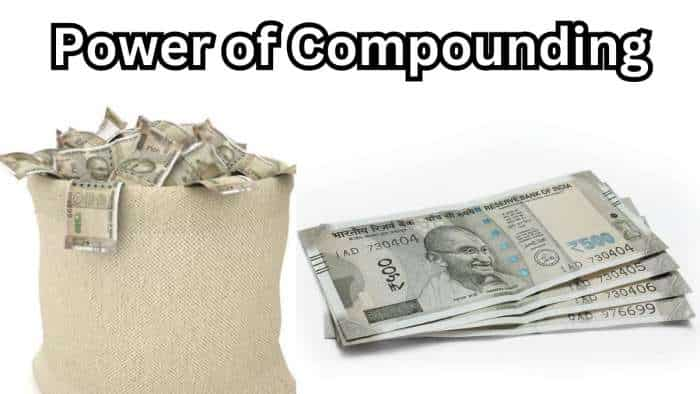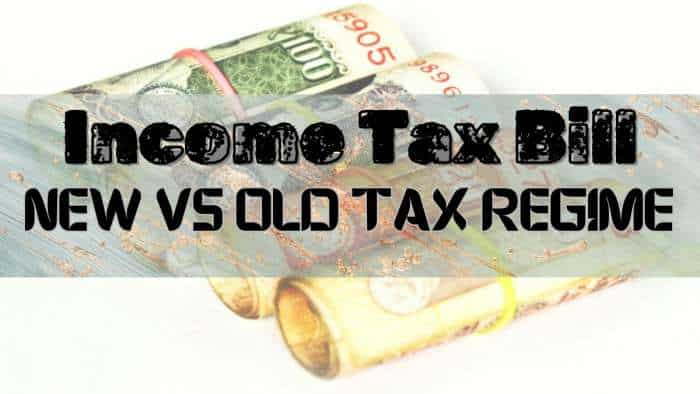Automobile components industry to grow by 9-11%; raw material prices play spoilsport
The rise in commodity prices still put pressure on automobile components in the country despite the growth.

Key highlights:
- Domestic automobile component industry is expected to grow by 9-11% during FY18
- Long-term growth will be around 10-12%
- Near term concerns regarding MHCV demand given the impact of pre-buying
The domestic automobile component industry is expected to grow by 9-11% during FY18 driven by robust growth in domestic passenger vehicles (PV) and two-wheelers segment as well as stable replacement demand. The revenue growth will be also be supported by steady increase in commodity prices and consequent impact on realisation.
According to an ICRA report, the long-term growth will be around 10-12%, considering the increasing content per vehicle due to technological advancement and regulatory measures (emission, safety regulations).
The growth in the auto component industry will be relatively higher than the underlying growth in the automotive industry in the medium to long term, due to increasing localisation by original equipment manufacturers (OEM)s, higher component content per vehicle and rising exports from India.
Subrata Ray, Sr Group Vice President, Corporate Sector ratings, ICRA says, “Domestic OEMs, mainly two-wheelers and PVs which together constitute about two-third of overall domestic OEM demand is expected to grow at a healthy pace in FY2018. During four months FY18, PV and two-wheeler production grew by 6.9% and 10.0%, respectively, which coupled with robust 15.3% growth in tractor production volume has largely offset muted demand in commercial vehicle (CV) industry (production dipped by steep 13.3%). ICRA expects FY18 to be another good year for Indian automobile industry with healthy growth expectations in two-wheelers, PV and tractor segments.”
There is however near term concerns regarding medium and heavy commercial vehicles (MHCV) demand given the impact of pre-buying (in Q4 FY17) and GST transition on demand off-take during H1 FY18.
Nevertheless, likely improvement in farm income given overall normal monsoon should support growth for two-wheeler, tractor and LCVs segments. Further, the pick-up in infrastructure activity will drive growth in construction and mining equipment as well as the tipper segment (classified under MHCVs).
Exports accounts for 28% of demand for automobile components in India, 60% of which is to the USA and European markets.
“The incremental order inflow for class-8 trucks have been encouraging over the last six months after witnessing sharp decline in the US MHCV market during H2 CY2015 and CY2016. The European PV and CV sales too witnessed marginal growth YTD CY2017 though outlook remains tepid over the near to medium term. Thus overall export volume growth is expected to be marginally positive for Indian auto ancillaries though rupee appreciation in the recent month will drag overall growth in Rupee term,” said the report.
The revenues of ICRA’s sample of 48 auto ancillaries, comprising around 25% of the industry’s turnover, grew by about 5.5% during Q1 FY18; driven by higher realisation in the backdrop of steady increase in commodity prices.
Volumetric growth was however in low single digit, also dragged by weak tyre sector revenue performance which declined marginally by 0.6% during the quarter. Volumetric growth is expected to be better in FY18 (as compared to FY17), driven by OEMs and simultaneously supported by stable replacement demand.
The industry’s operating margin dipped below 15% level during FY17 and may moderate further in FY18. In the medium term, margin will be about 13%-13.5% due to a richer product mix and rising revenues from the profitable aftermarket segment.
As for profitability, following over 5-6 quarters of benign raw material prices, the input cost trend reversal since January 2016, started impacting industry profitability from Q2 FY17.
Amongst all commodities, rubber prices were very volatile with prices peaking at Rs 160 per kg level in Q4 FY17, though the same were down to around Rs 130 per kg level during Q1 FY18.
Tyre manufacturers have witnessed sharp correction in profitability during Q1 FY18, as they liquidated most of the high cost inventory. Other commodities like steel and lead have also remained at elevated level, continuing to pressurise profitability. Consequently, other segments like batteries (high dependence on lead) as well as sheet metal and automotive bearing players have also witnessed Y-o-Y decline in profitability.
“Ancillaries continue to focus towards moving up the value chain to mitigate profitability and competitive pressure in the intensely competitive industry. Incremental investments are primarily towards new order/platform related requirement or debottlenecking of existing capacity. Supported by healthy cash accruals, gearing as well as coverage indicators for the industry have improved considerably over the past two years; we expect industry-wide credit trends to remain stable, supported by robust demand from the OEM segment in the near term,” concludes Ray.
Get Latest Business News, Stock Market Updates and Videos; Check your tax outgo through Income Tax Calculator and save money through our Personal Finance coverage. Check Business Breaking News Live on Zee Business Twitter and Facebook. Subscribe on YouTube.
RECOMMENDED STORIES

Dearness Allowance (DA) Calculations: Is your basic monthly salary Rs 25,500, Rs 35,400, or Rs 53,100? Know how much DA will you get at different rates

Power of Compounding: How long it will take to build Rs 8 crore corpus with Rs 7,000, Rs 11,000 and Rs 16,000 monthly investments

Income Tax Calculations: What will be your tax liability if your salary is Rs 8 lakh, Rs 14 lakh, Rs 20 lakh, and Rs 26 lakh?

Monthly Pension Calculations: Is your basic pension Rs 25,000, Rs 35,000, or Rs 50,000? Know what can be your total pension as per latest DR rates

Fixed Deposit Rates for 1 Lakh Investment: Compare SBI, PNB, HDFC, ICICI, and Post Office 3-year FD returns
12:16 PM IST










 GST to weaken automobile sectors Q2 earnings
GST to weaken automobile sectors Q2 earnings Automation to cost 7 lakh low skilled IT jobs by 2022: Report
Automation to cost 7 lakh low skilled IT jobs by 2022: Report Automobile companies feel the impact of GST in Q1 results
Automobile companies feel the impact of GST in Q1 results Why automobile retail sales in July remained muted despite positive wholesale figures
Why automobile retail sales in July remained muted despite positive wholesale figures